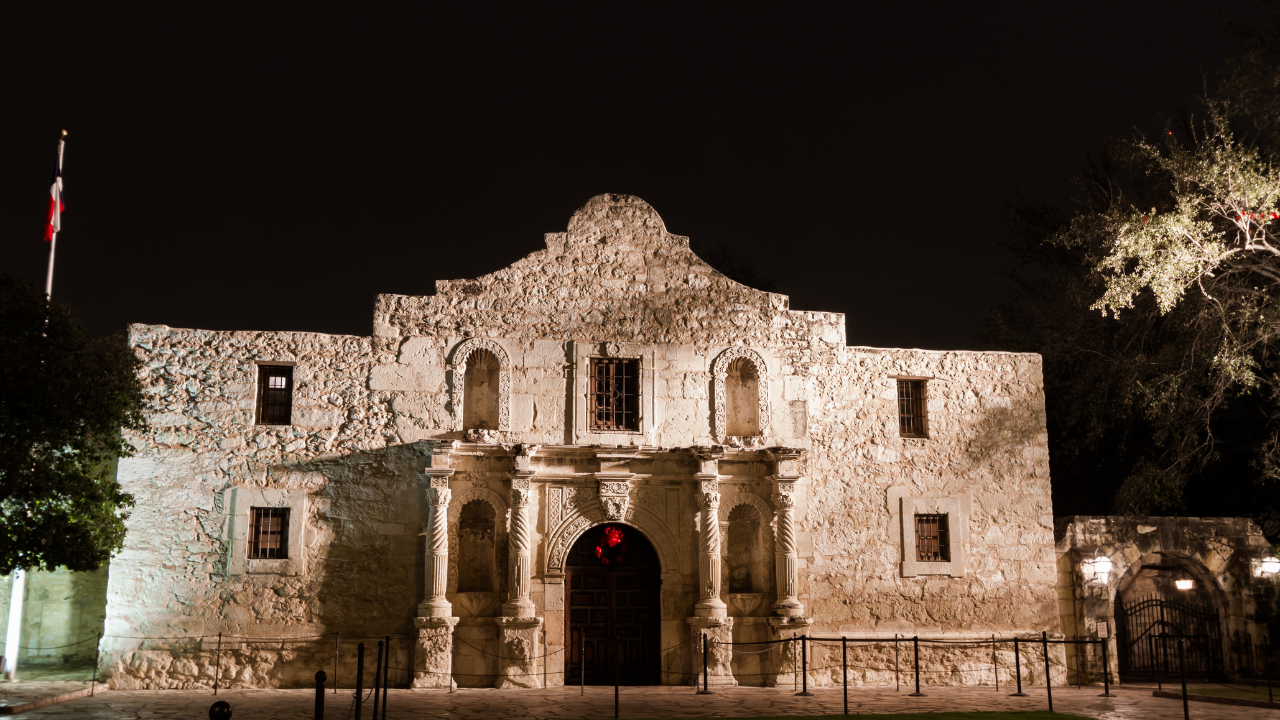Visit the Alamo in San Antonio, TX: Discover the History, Heroism, and Heart of Texas’s Most Iconic Landmark

Welcome to San Antonio, Texas – a city where history is part of everyday life. Among the many things to see in San Antonio, Texas, one landmark stands above the rest: The Alamo. This iconic old mission-turned-fortress is more than just a tourist attraction; it’s the heart of San Antonio’s heritage and a symbol of Texan pride. In this post, we’ll explore the rich history of the Alamo, why it’s one of the most important historical sites in Texas, and how its legacy adds to the charm and culture of San Antonio – a city you just might love to call home.
The Alamo’s Storied Past: From Mission to Military Post
Established in 1718 as Mission San Antonio de Valero, the humble adobe outpost that would become the Alamo has been a true crossroads of history. The Spanish founded the mission to spread their religion and influence on the Texas frontier. In fact, the mission moved a couple of times – a hurricane in 1724 forced it to relocate to the very spot in downtown San Antonio where it stands today. Over the next decades, the mission complex grew with the help of indigenous converts and Spanish missionaries, its stone church and courtyard taking shape amid the Texas wilderness.
As secular authority replaced the church, Mission Valero evolved into a military garrison. By the early 1800s, Spanish soldiers were stationed at the old mission. It’s around this time the post likely picked up the nickname “El Alamo,” either from a local stand of cottonwood trees (called álamo in Spanish) or in honor of the soldiers’ hometown, Alamo de Parras. Under no fewer than five flags of different nations, the Alamo served as a barracks for Spanish, then Mexican troops, and later the Texian militia and U.S. forces. Each era left its mark on the site. By the 1830s, the old mission’s adobe walls had been reinforced into a fortress – setting the stage for a confrontation that would forever enshrine the Alamo in history.
The 1836 Battle of the Alamo: Heroism in the Face of Impossible Odds
No story of the Alamo is complete without the legendary Battle of the Alamo. During Texas’s fight for independence from Mexico, a small band of Texian and Tejano defenders occupied the Alamo in February 1836, determined to hold it against General Santa Anna’s much larger Mexican army. After a 13-day siege, Santa Anna’s forces launched a predawn assault on March 6, 1836. The battle that followed was intense and brief – about 90 minutes of fierce fighting within the adobe walls. When the smoke cleared, all of the Alamo’s nearly 200 defenders had perished, including famed American frontiersmen James Bowie and David “Davy” Crockett. Their sacrifice was not in vain. The loss of the garrison was felt “all over Texas, and even the world,” and the bravery shown at the Alamo — by men from many backgrounds, including native Texians and European immigrants — became legendary.
News of the valiant last stand sparked a surge of resolve among the Texans. Just weeks later, General Sam Houston’s army surprised Santa Anna at the Battle of San Jacinto on April 21, 1836, shouting “Remember the Alamo!” as their battle cry. The Texans won a decisive 18-minute victory and secured Texas independence. Thus, the Alamo’s legacy was cemented. The phrase “Remember the Alamo” remains an enduring emblem of courage – taught in history books and immortalized in popular culture.
The Alamo Today: A Must-See Historic Site in Texas
Fast forward to today, and the Alamo still stands in the heart of downtown San Antonio – a carefully preserved shrine and museum that draws people from around the world. Over 1.6 million visitors come each year to walk its grounds, making the Alamo the #1 most visited destination in the state of Texas. It’s not just popular; it’s recognized globally for its historical importance. In 1960, the Alamo was designated a U.S. National Historic Landmark, and in 2015 it became part of Texas’s first and only UNESCO World Heritage Site (as one of the five San Antonio Missions). That means the Alamo isn’t only a Texas treasure – it’s an international emblem of cultural heritage.
Living in San Antonio: Embracing History and Heritage
What does all this history mean for someone considering living in San Antonio? In short: a lot of charm, culture, and community pride. San Antonio isn’t just another big city – it’s a place where past and present mingle comfortably. On one hand, you have modern amenities, vibrant neighborhoods, major employers, and a rich culinary scene. On the other hand, you have the Alamo and a host of other heritage sites that give the city a soulful connection to its roots. Strolling downtown, you can admire the 18th-century architecture of San Antonio’s other missions, visit the Spanish Governor’s Palace from the 1700s, or enjoy Mariachi music echoing through the centuries-old Market Square.
Ultimately, the Alamo is much more than an old stone church in the center of town – it’s the symbolic heart of San Antonio, beating with stories of courage, sacrifice, and unity. For potential residents, that means San Antonio offers something truly special: a city with a past that enriches its present. The heritage isn’t just locked away in a museum; it’s alive in the city’s fabric and the warmth of its people.
(This informative article is brought to you by Red Hawk Property Team powered by JLA Realty, proudly serving home buyers, sellers, and investors in the Greater San Antonio area.)
